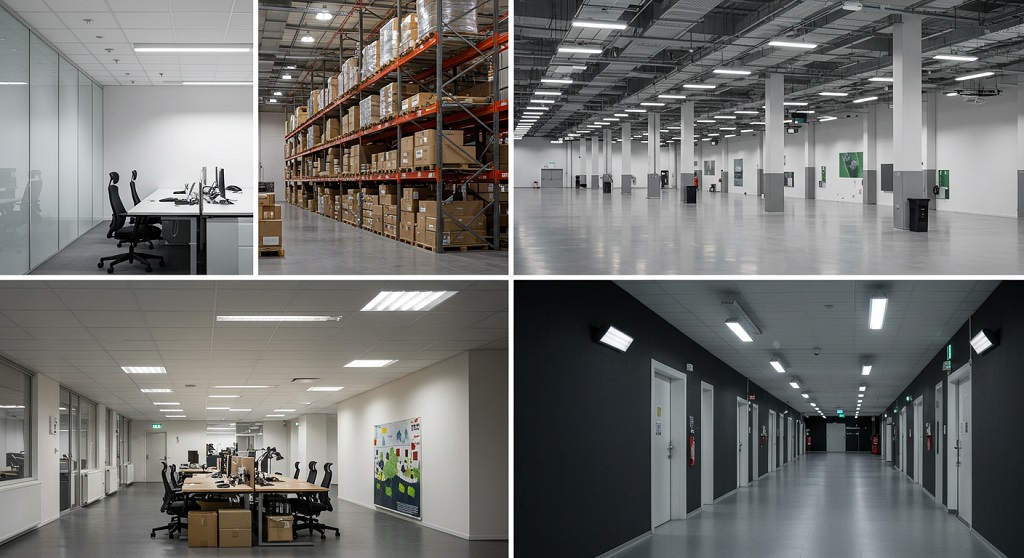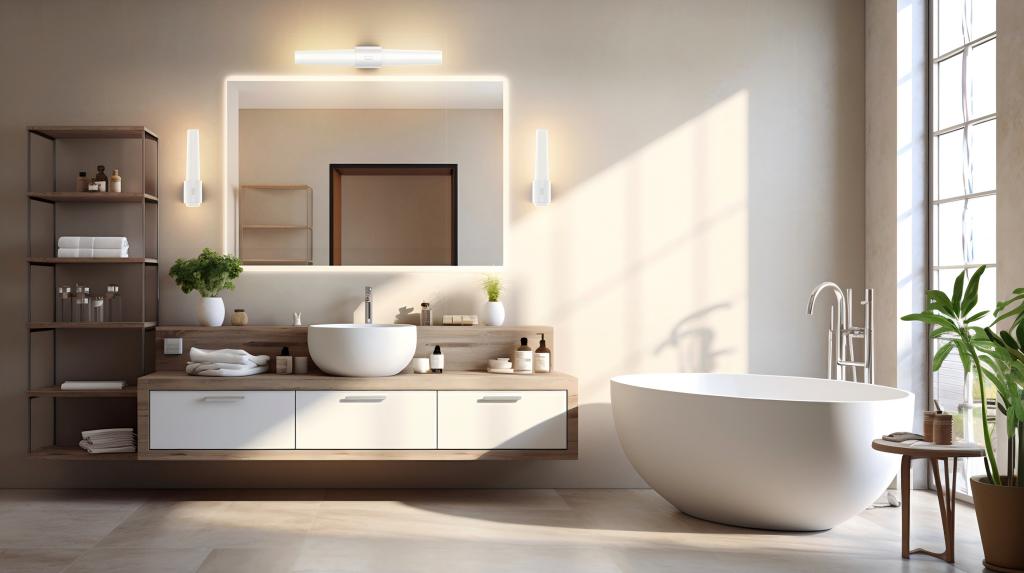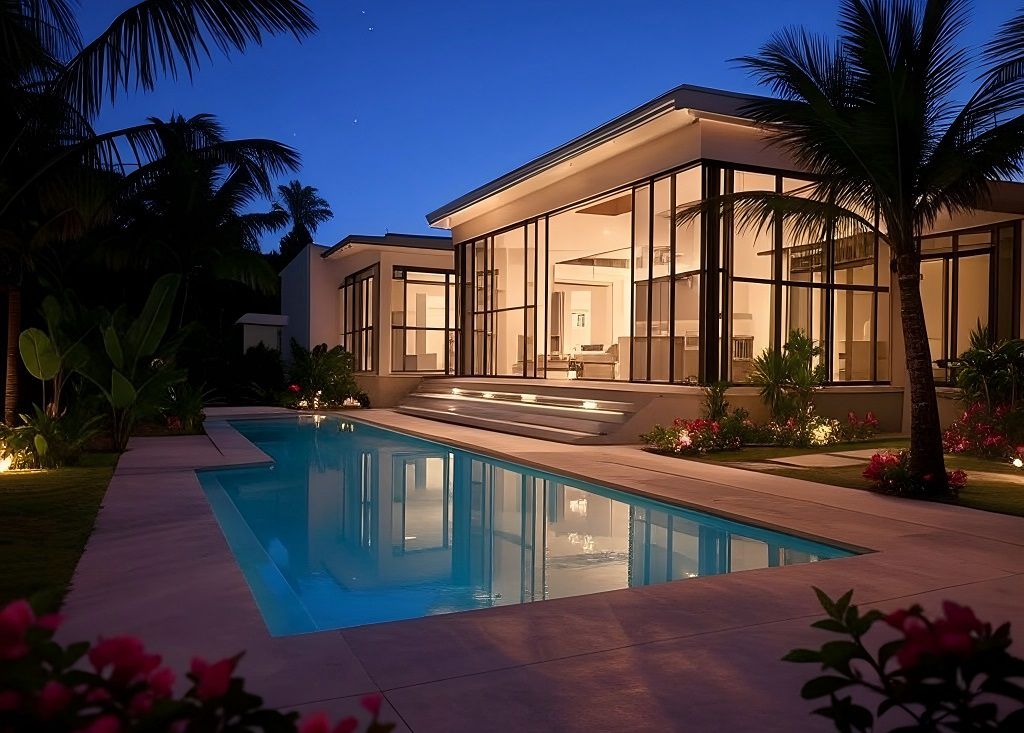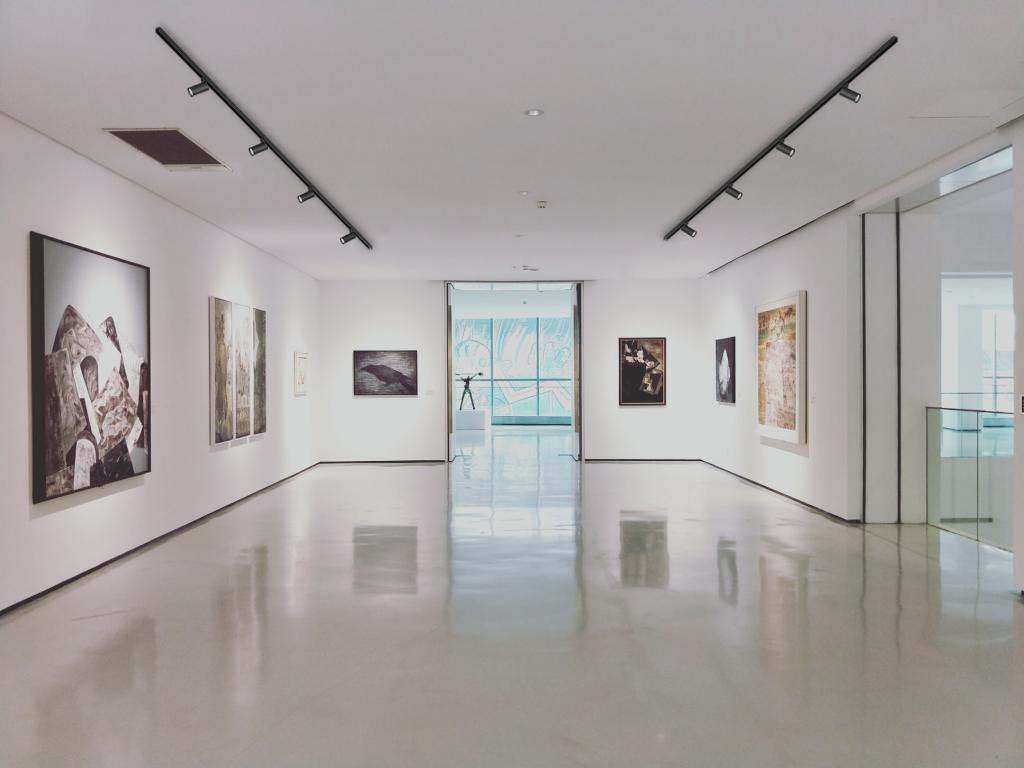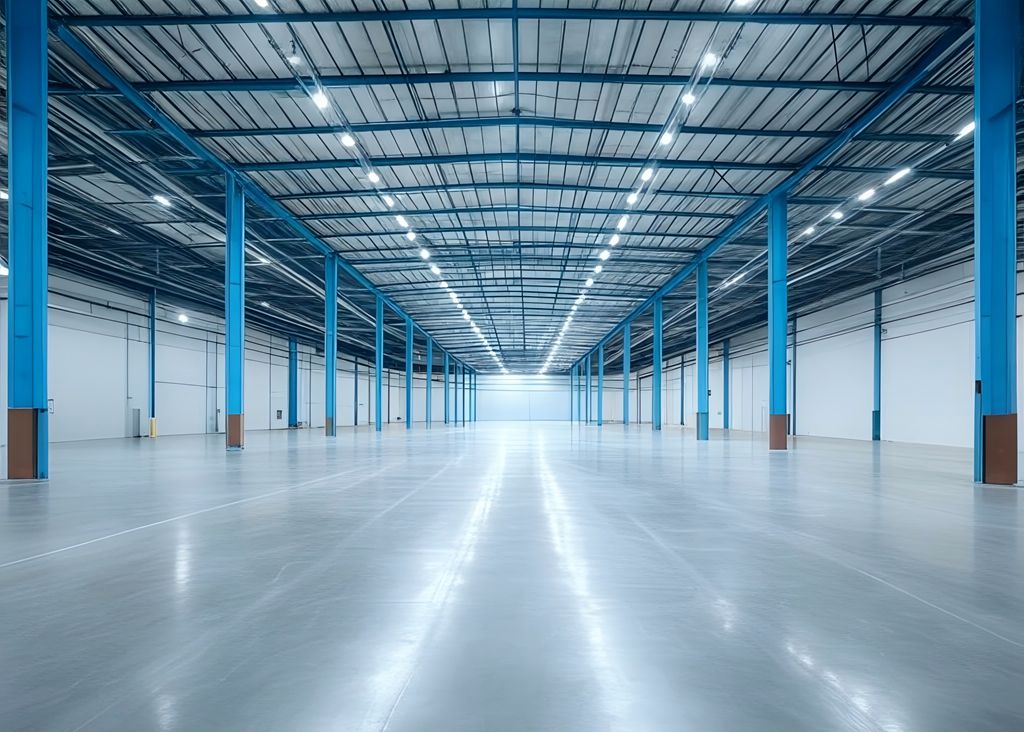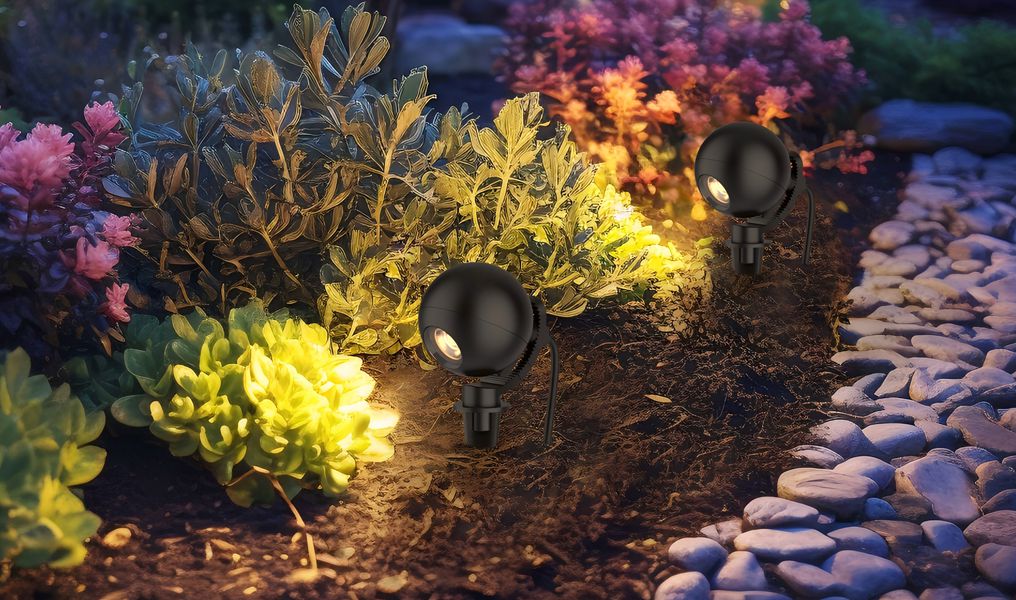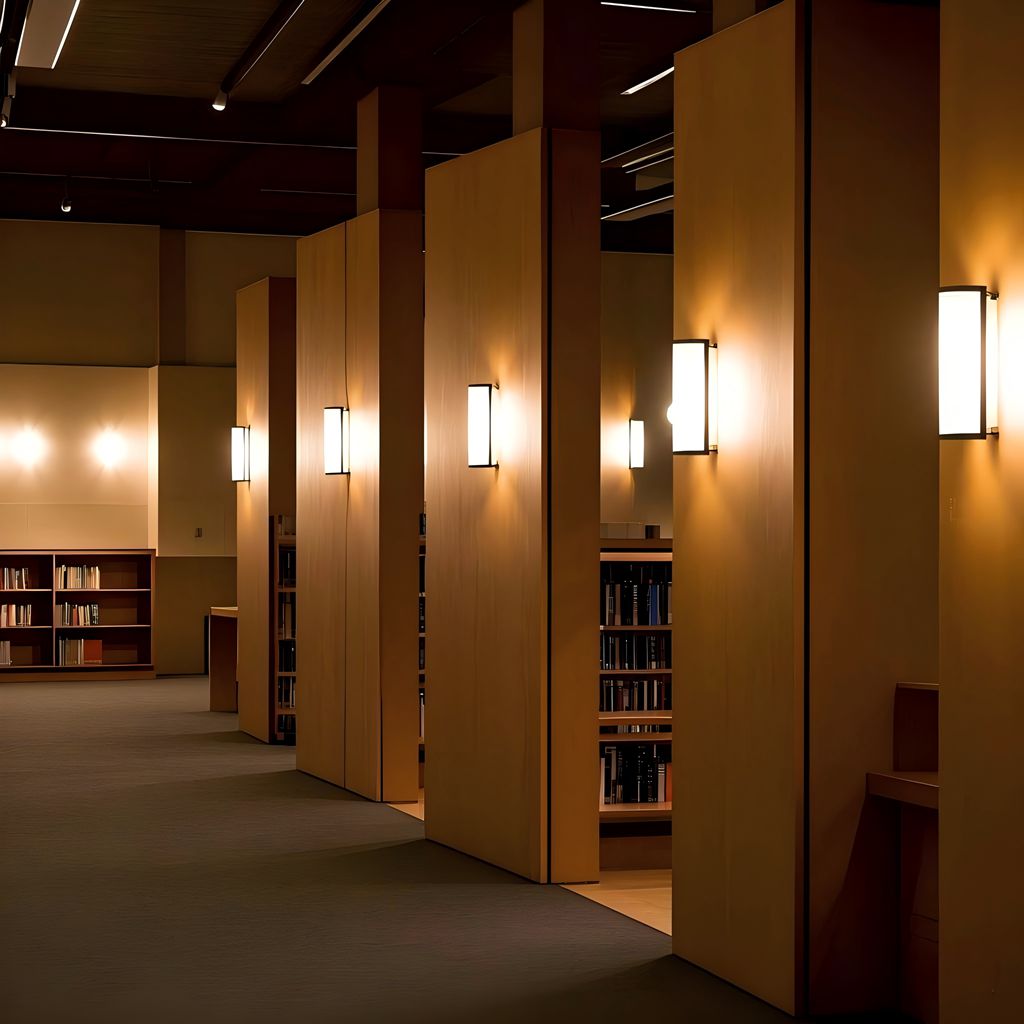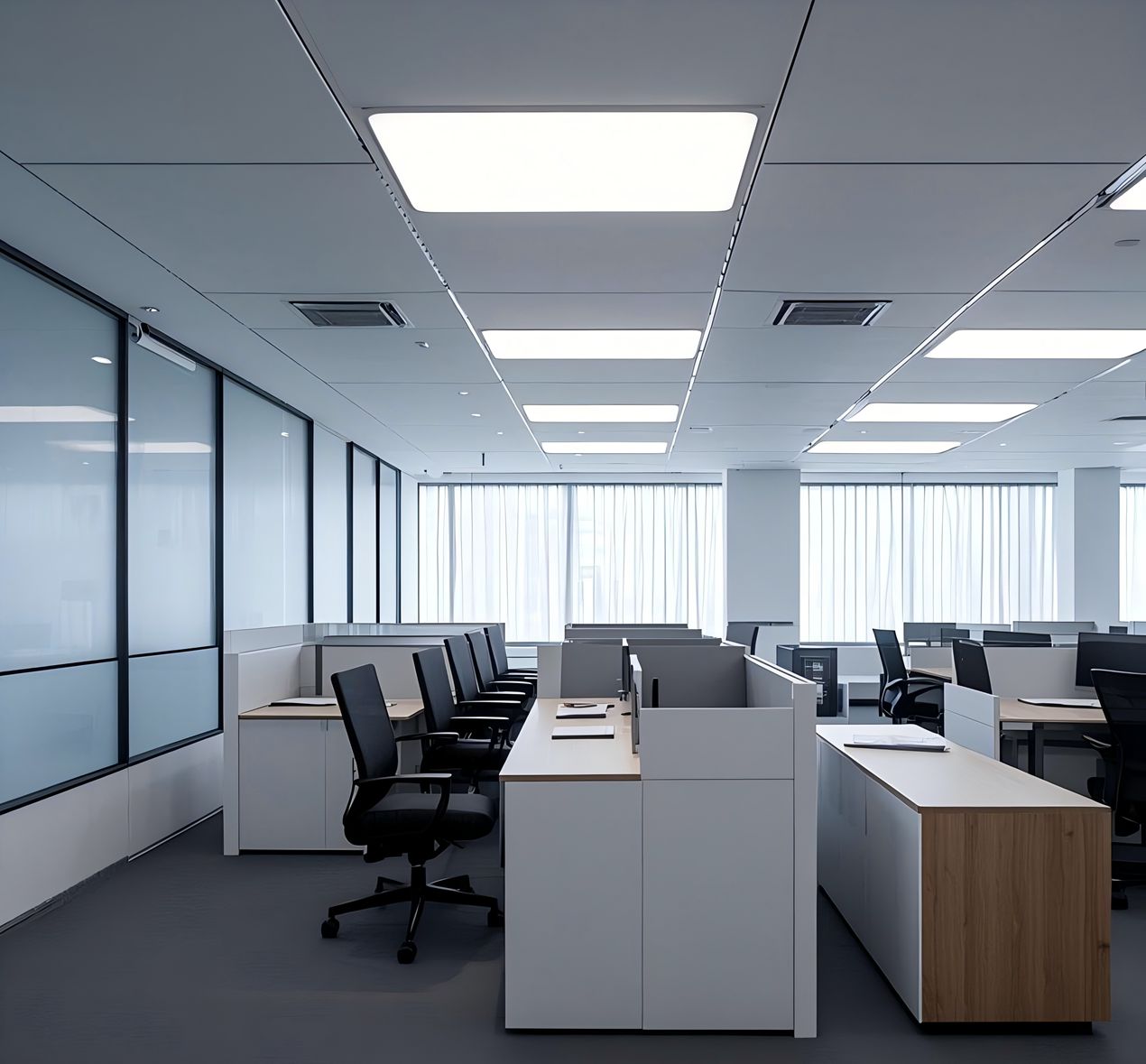Just fix the lamp bead on the aluminum substrate, install the power supply, and then cover the base and lamp shade, the ceiling light is born to the earth. In such a simple production process, some ceiling lights sell at expensive prices, while others sell at the lowest price. All are used to lighting up a room, but what are the differences between them?
No matter the famous LED brand or cheap LED sold on the wholesale market, they can not leave with three secrets hidden brightness, assembly material, and light color deviation.
Generally, we pick the light according to the size of the surface to assess the amount of wattage,. However, sometimes you will find that the luminance of a 40w LED ceiling light of A brand is the same as the luminance of a 60w LED ceiling light of B brand, the main reason is that merchants are guarded to publish the total lumen of them are different. Each wattage corresponds to how many lumens.
It’s the positive correlation relation between lumen count and brightness. For example, 24w of Philips is 40% brighter than 24w of Xiaomi, therefore, luminous flux is the important factor when we select lights and compare their price.
Normally, for the daily use of light, the total luminous flux should be 10 times the area of a room. If the place is used for writing or reading, it needs the total luminous flux 300 times the room.
A new LED light can be lit for up to 30 thousand hours, but as time goes by, the light gets dim and dim, because its lifespan and light efficiency are apparently discounted after around 2 or 3 years. This is the reason that suppliers unwilling to reveal is light failure.

What is the light attenuation?
Lamp bead is not the cause of all kinds of weakness to make the light decline, the secret of light attenuation is the heat that is generated by these beads. When the temperature inside the beads increases, the rate of brightness decay also accelerates.
The thickness of the aluminum substrates
To effectively address the issue of heat dissipation, lamp beads are typically encapsulated on aluminum substrates, which aid in facilitating the conduction of heat. Then it is transferred to the lamp holder through thermal conductive glue. Since the power supply of high-power lamps is also a large source of heat, a metal casing is also required to transfer heat to the ceiling through the base. Even so, brightness attenuation is a relatively slow thing, but mid- to low-end businesses often cut corners, such as the aluminum substrate and base for lamp bead heat dissipation, which is in line with the simple principle that "you get what you pay for"
The material of aluminum substrates
Unlike the expensive one, which uses a customized PCB plan and metal CND ring, the quality of cheap ceiling light not only the aluminum substrate will be greatly discounted, but also the softness of the light not as good as you expect.
The diameter of light fixtures
The softness of light is related to the diameter of light fixtures, the larger the diameter of the ceiling lamp, the softer and more uniform the light in the room will be, but the cost of material storage will also increase proportionally. Since 2017, online sales of ceiling lamps have been increasing, but the average diameter of lamps in the industry is actually getting smaller and smaller. Usually, many of the lamps we see in the wholesale market are 24cm in diameter. There are very few lamps from big brands with a diameter of 40cm in plastic housing.

For high-end lamps, in order to further increase the size, the lamp beads have been changed from direct-down type to side-in type, with a multi-layer light guide structure in the middle to make the light softer and more comfortable, and the lamp body has also been further thinned. This greatly improves the quality of the decoration. For example, an LED ceiling lamp body of lipo just 2 cm, all the differences of the material and thickness will reflect on the temperature from the light.
Most company brochures will promote how strong the sealing of their lamp body is, but actually mosquitoes can sneak into the lamp body. To avoid such a situation, a separate mold opening may be the solution
The material and design of the lamp body
This is a simple empty question that can be packaged into an important selling point.
As neglected as the heat dissipation materials are the lampshade, which not only determines whether the lamp looks good but also relates to durability and the softness of the light. The lamp feels soft to the touch, and the lampshade with small holes is made of polystyrene. But using it as a lampshade not only makes it look more dazzling, it will also turn yellow and brittle every two years or so. At this time, it is also necessary to replace the lamp with a new one. On the other hand, a milky white lampshade with a harder feel is made of acrylic, which is an optical resin and is stronger than vinyl in terms of durability and softness. Most expensive lampshades use this multi-layer structure, which is more cost-effective and performs better, with a noticeable improvement in the feel and feel of the light.
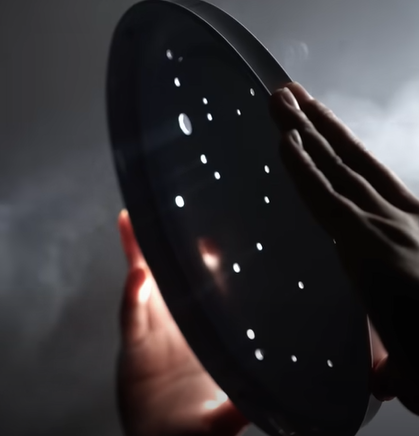
What is the light devitation?
Different lamp beads and different lampshades ultimately determine the different background colors of city lights when night falls.
In general, lamps in the lighting market are whitewashed by the excitation of blue LED chips and green phosphors. Most LED lamp beads contain two colors, red and green, and yellow phosphor. But if you want to look more "upright" and achieve a continuous and even transition close to a rainbow, you need to continue to add different colors of phosphors to the lamp beads, such as adding red, so that the light illuminates other people's skin colors closer to how they look in the sun. Increasing the R9 index and increasing the indigo color will make the spectrum more continuous and also increase the Ra index. These indices are what we often call the color rendering index. Therefore, high CRI is essentially a by-product of lamp beads achieving full spectrum. High CRI is equated with "eye protection".
Why do most manufacturers use blue light-activated lamp beads?
Compared with violet excitation, blue excitation is much easier. Violet light offers broader excitation and potentially better resolution for surface features but comes with potential drawbacks like sample damage and autofluorescence interference. Blue light is generally gentler on samples, uses visible light, and is sufficient for many fluorophores.


